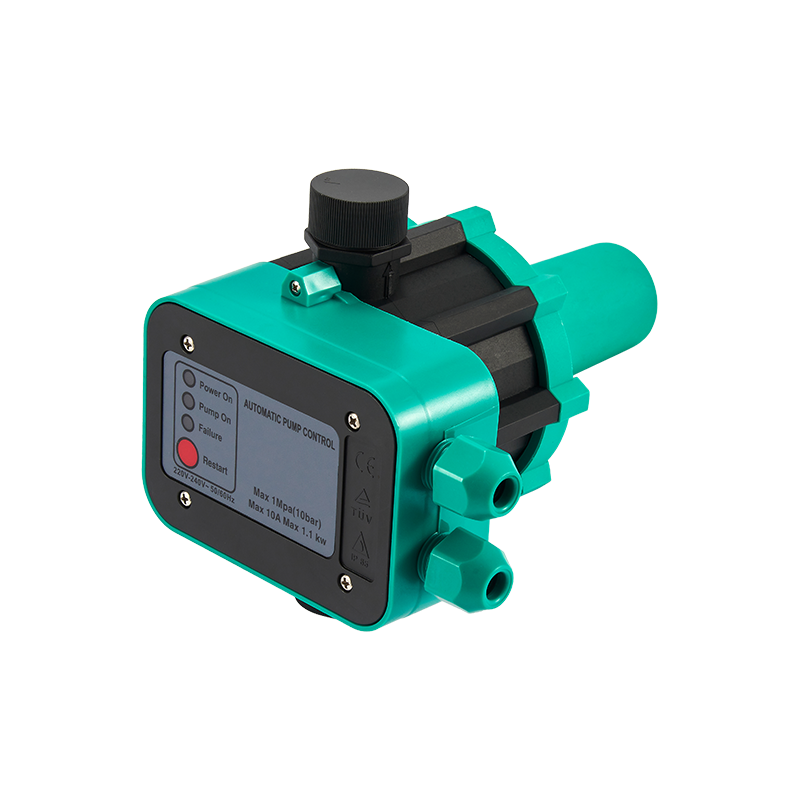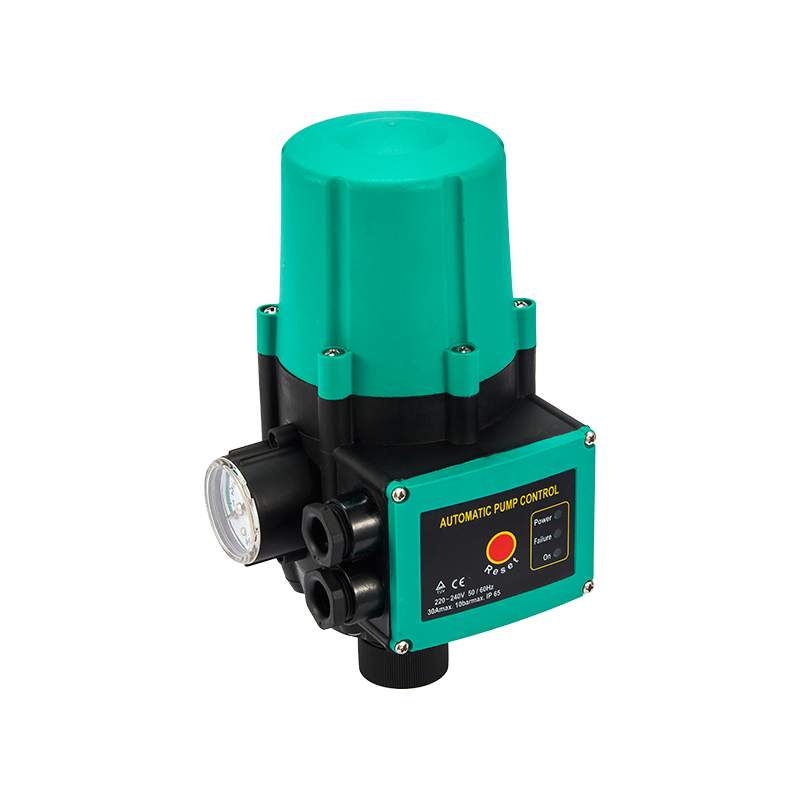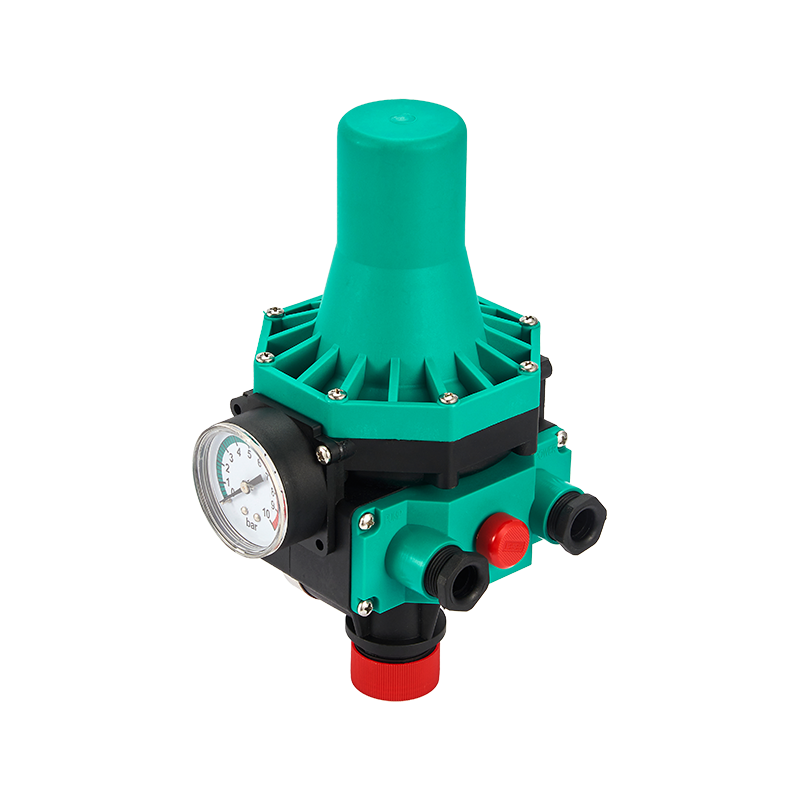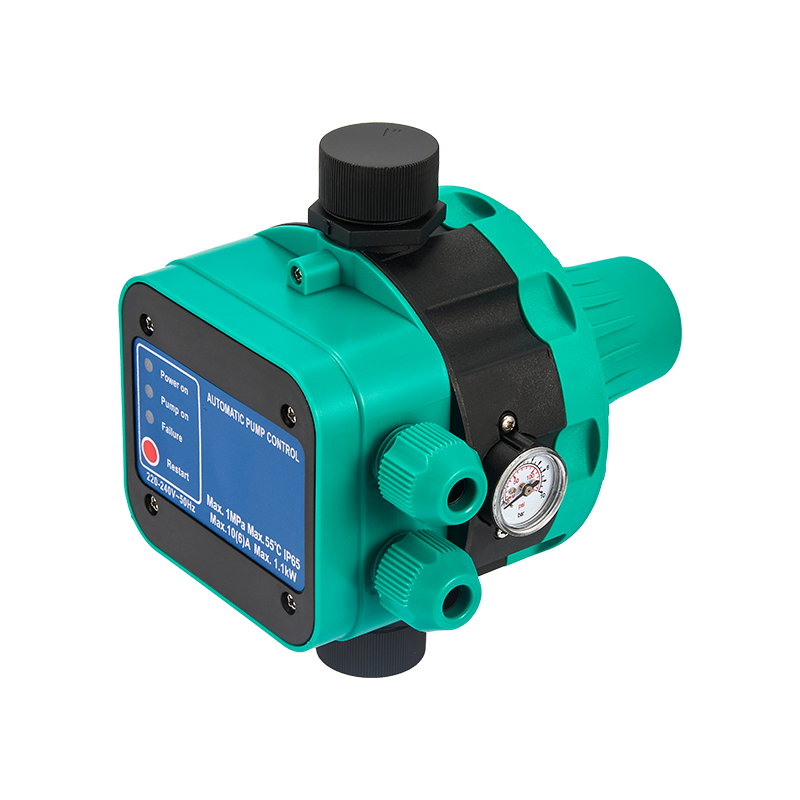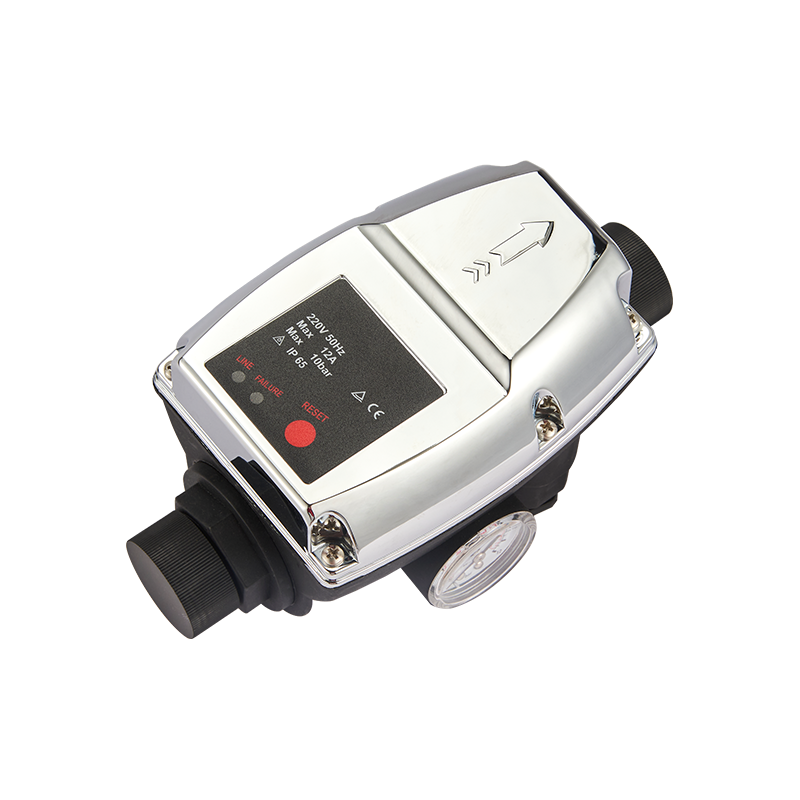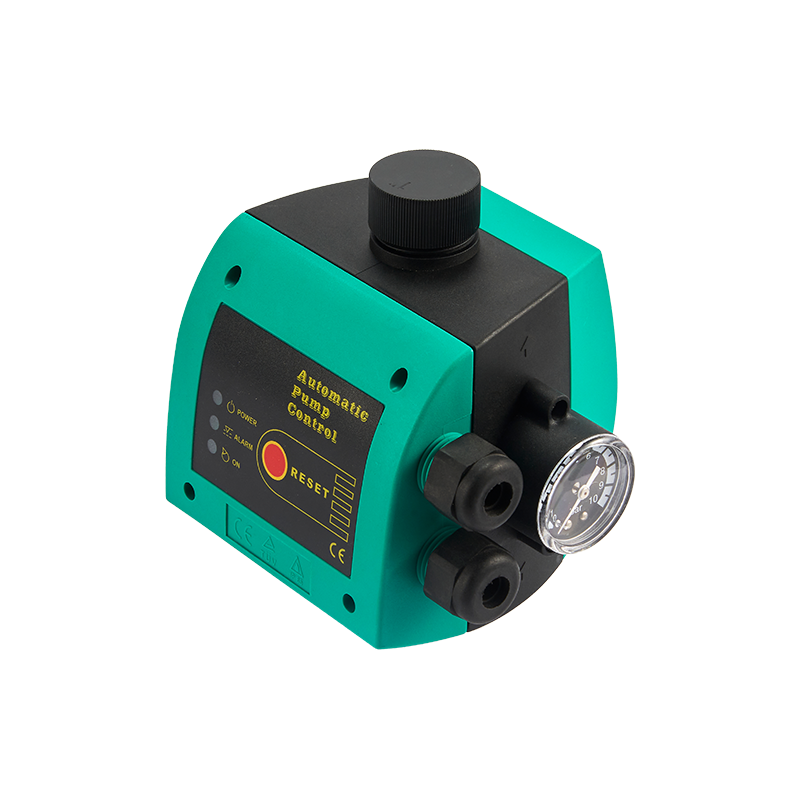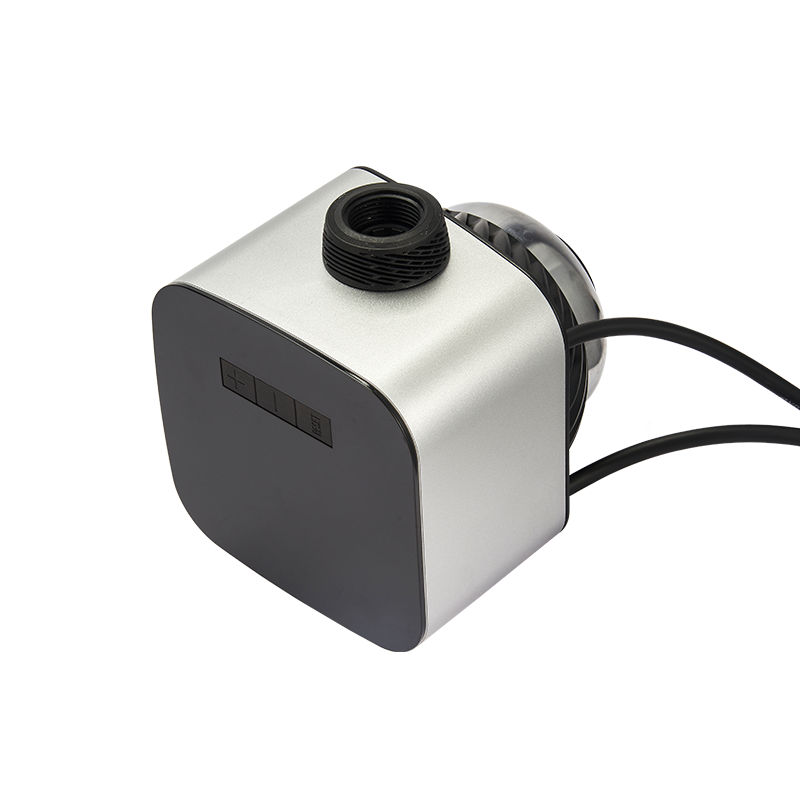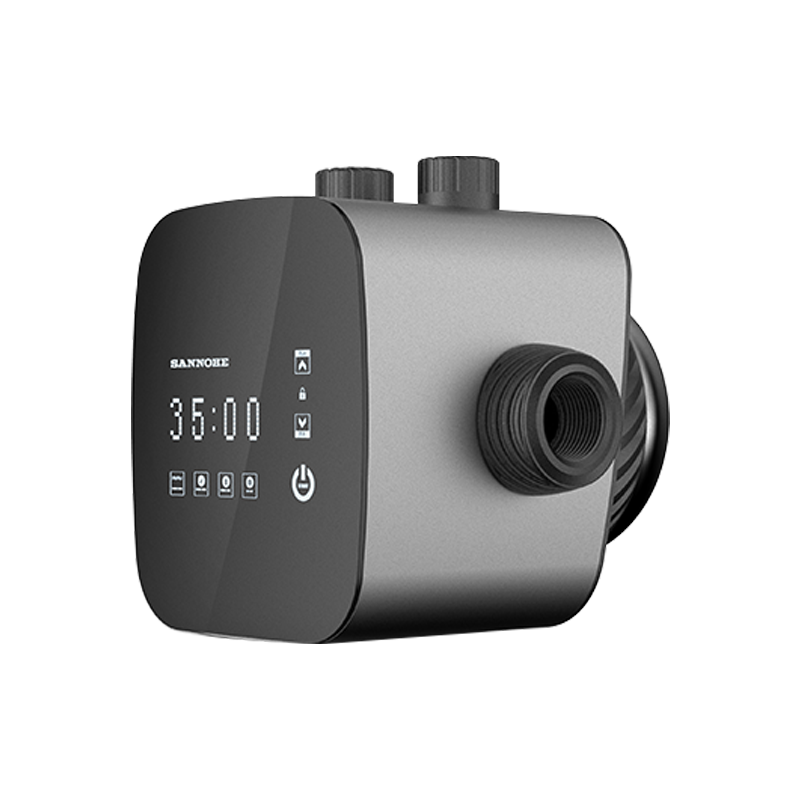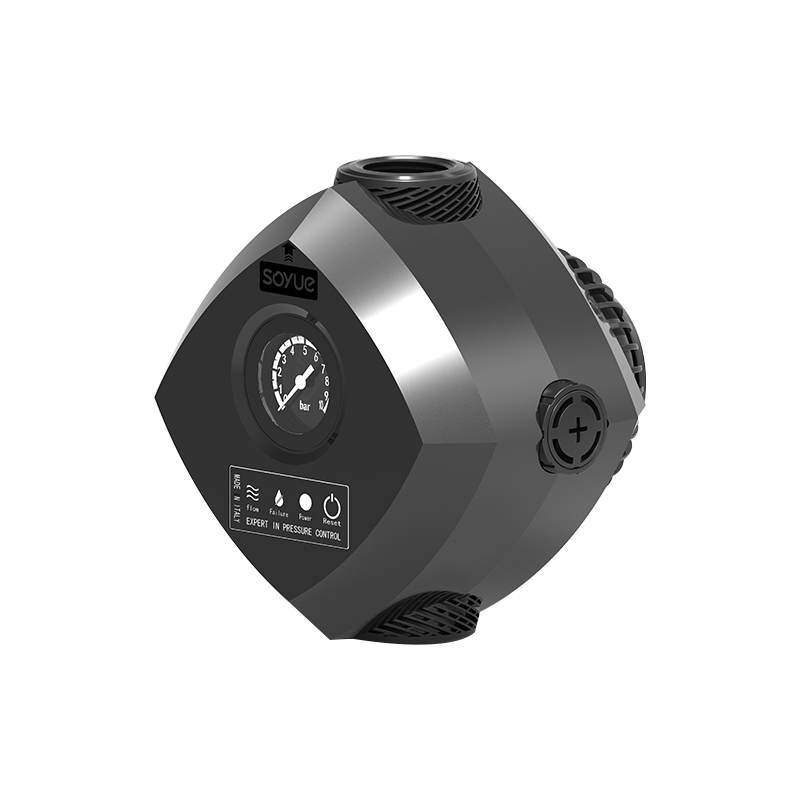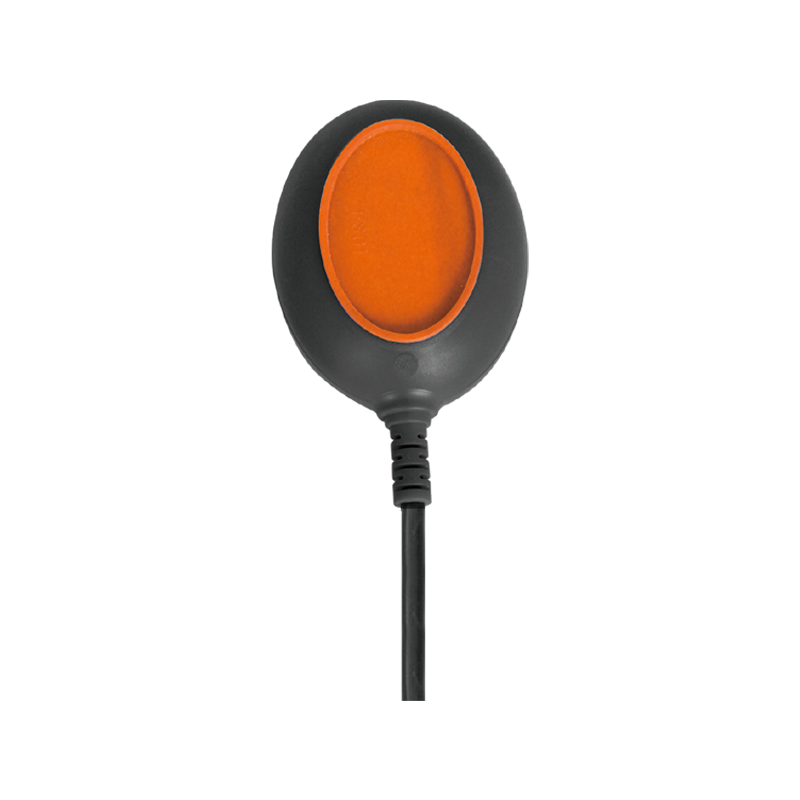Water Flow Control and the Pressure Control Switch trigger an action, like turning a well pump on or off or sounding an alarm in dry-pipe, preaction, and deluge fire sprinkler systems.They function in a similar manner to mechanical well pressure switches, using springs and diaphragms with electrical contacts to form the switch. These switches can be stand-alone units or can be found as an integral part of a flow meter.All pressure switches have a set of operating points called the cut-in and cut-out points. These indicate the lowest and highest possible pressure that a switch will activate at. Most switches also have a differential or range that they can operate within, depending on the application.The electrical contacts inside a switch are insulated and only allow current to pass through them when the pressure is at or above its set point. When the switch is not functioning properly, it could be because of worn down contacts or a loose spring.

Another reason the pump may not turn on is because of a ruptured bladder in the well pressure tank. This is also known as “short cycling” and can cause damage to the switch and water system if not addressed immediately. In this case, the switch needs to be replaced. It’s a good idea to shut off power to the pump and drain water from the piping where the pressure switch is located before installing the new one.When we turn on our shower, it's a matter of finding the right balance of hot to cold water. This is done with a pressure-balancing valve that doesn't actually measure the temperature, but simply adjusts the ratio of hot to cold to reach an acceptable temperature.The temperature of a body of water affects the types and sizes of aquatic organisms that can live in it, and regulates the maximum concentration of dissolved oxygen. This is why water temperature measurements from satellites, ships, buoys and Argo floats are critical to understanding our environment.
When a solid-state flow switch, such as our Series thermal dispersion switch, is installed in a pipe, the water or gas passing by heats up a built-in sensor. This is what makes the switch actuate. As the flow rate changes, a cooling effect on the sensor occurs and the temperature drops. This signal is translated by the switch into a control signal that initiates the specified action.Flow rate is the amount of water passing over a certain cross-sectional area within a pipe per unit of time. It’s the opposite of pressure and is measured in gallons per minute (GPM).Depending on your household size, your well professional may use a formula to estimate your household’s water flow. However, it’s always better to have an actual flow measurement. This is how he determines whether your well can provide enough water for your household.Paddle design flow switches monitor liquid and gas using a paddle mechanism that is inserted into the pipe while the housing with the electronics sits affixed to the outside of the pipe. As the paddle moves in response to a flow rate that meets or exceeds the user set point, it throws a hermetically sealed reed switch which triggers an action.
Many well water system problems are signaled by a pressure switch. A well pump may short cycle (turn on and off frequently) or not turn on at all. The pressure switch is a vital piece of equipment that must be carefully inspected and maintained to avoid expensive repairs or replacements.The pressure switch consists of a small force-sensitive component, such as a piston or diaphragm, that collects strain from the pressurized fluid. This force is balanced by the force of a preloaded spring. When the actuating force of the sensor is greater than the spring force, the switch turns on.The inlet port is the component that connects the pressure switch assembly to the process unit. This is usually accomplished with threaded fittings, but bolted and welded connections are also used. It is critical that the fitting type and pressure rating match the fluid pressure.

